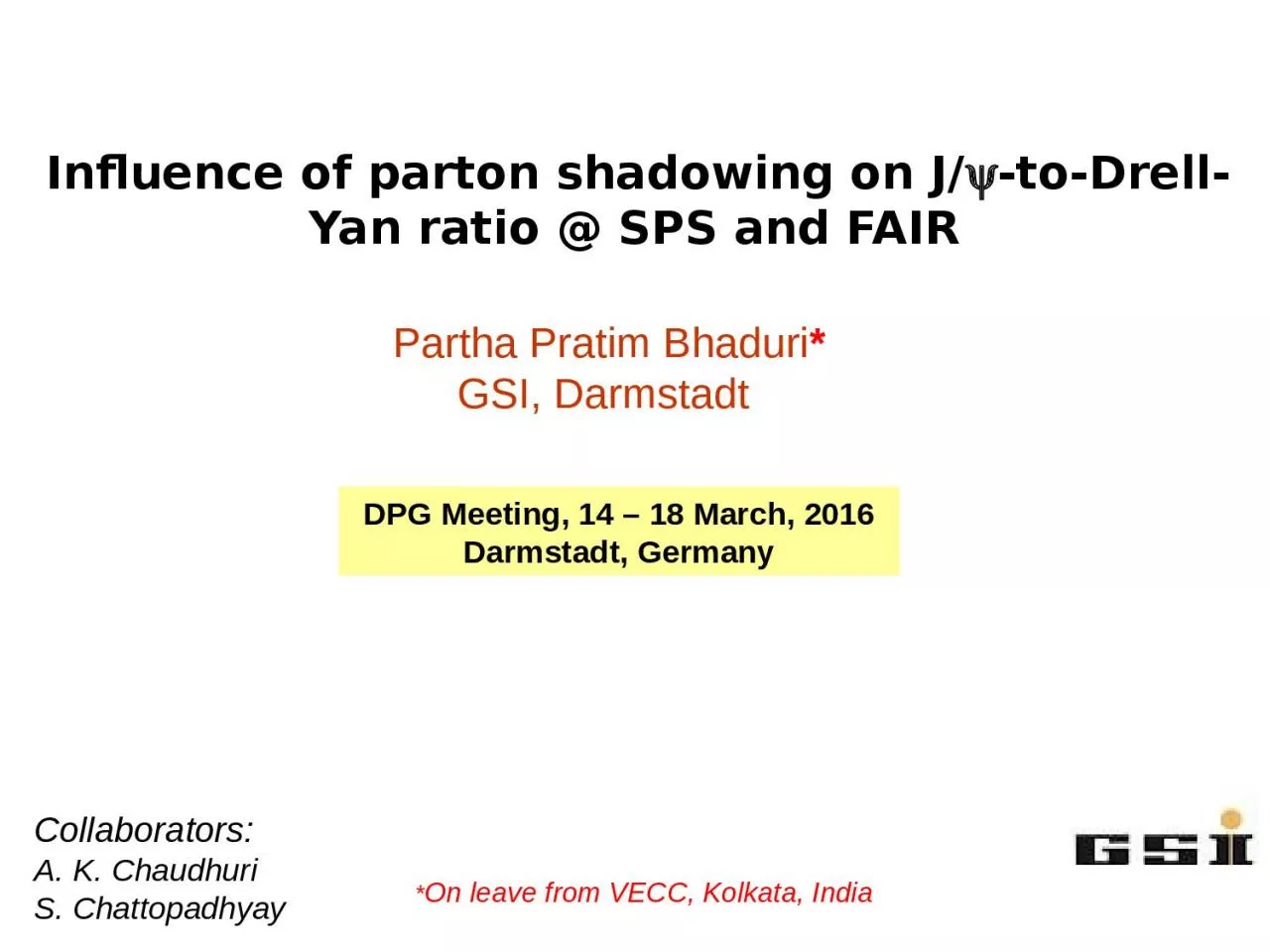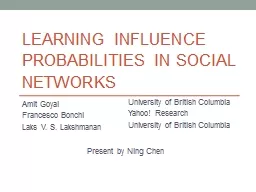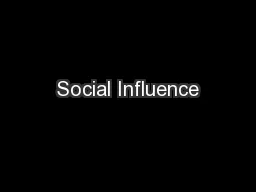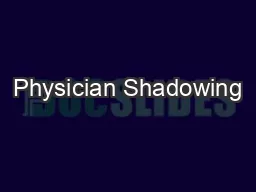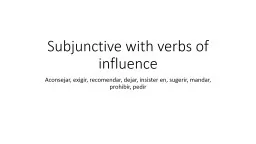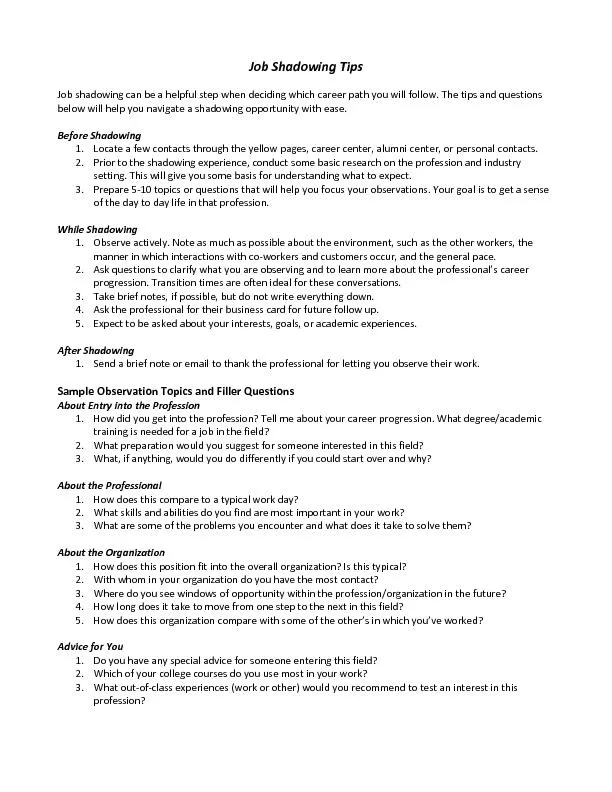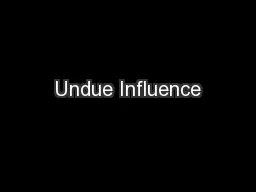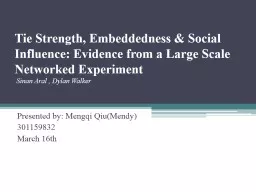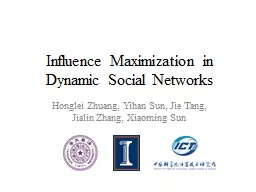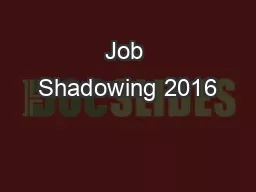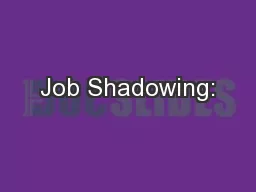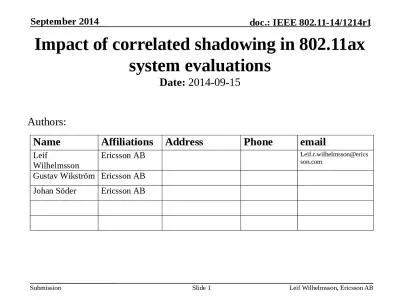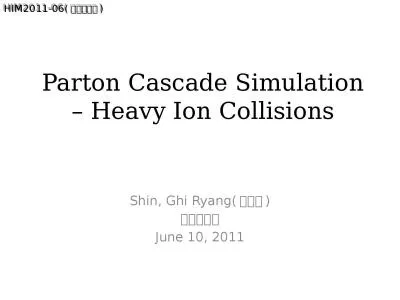PPT-Influence of parton shadowing on J/
Author : susan2 | Published Date : 2024-02-02
y toDrellYan ratio SPS and FAIR Partha Pratim Bhaduri GSI Darmstadt 1 On leave from VECC Kolkata India DPG Meeting 14 18 March 2016 Darmstadt Germany Collaborators
Presentation Embed Code
Download Presentation
Download Presentation The PPT/PDF document "Influence of parton shadowing on J/" is the property of its rightful owner. Permission is granted to download and print the materials on this website for personal, non-commercial use only, and to display it on your personal computer provided you do not modify the materials and that you retain all copyright notices contained in the materials. By downloading content from our website, you accept the terms of this agreement.
Influence of parton shadowing on J/: Transcript
Download Rules Of Document
"Influence of parton shadowing on J/"The content belongs to its owner. You may download and print it for personal use, without modification, and keep all copyright notices. By downloading, you agree to these terms.
Related Documents

